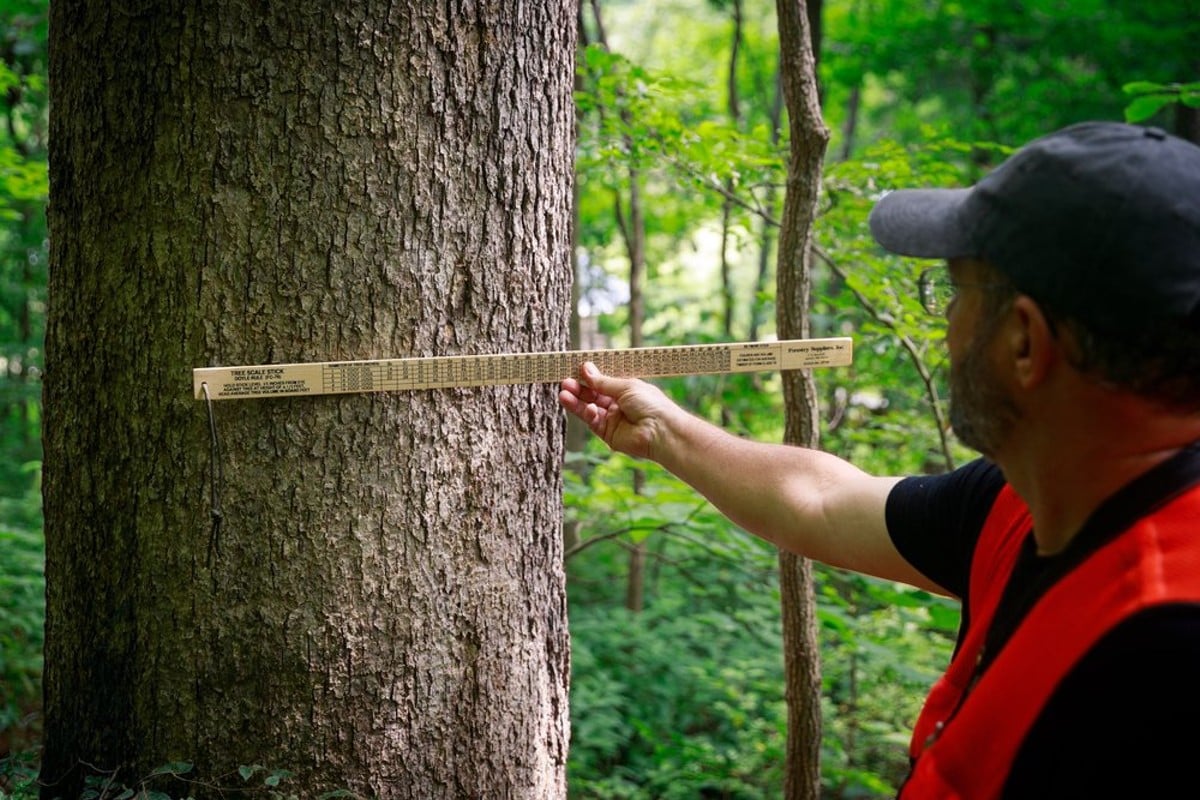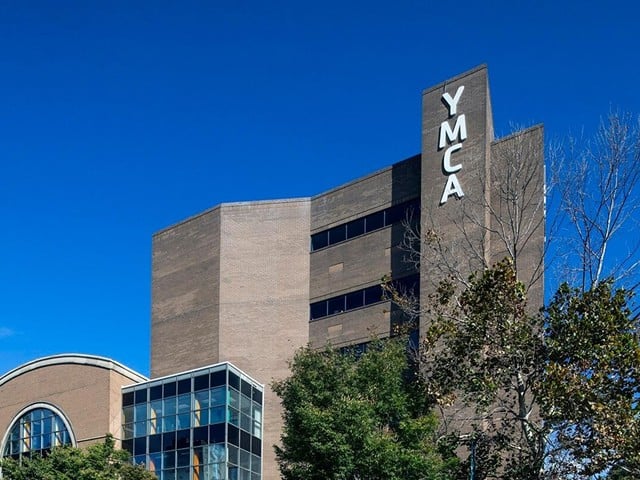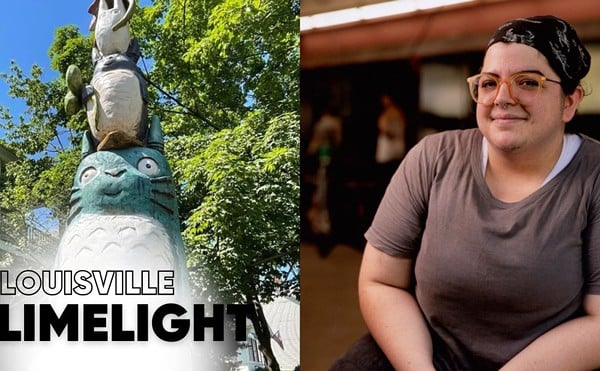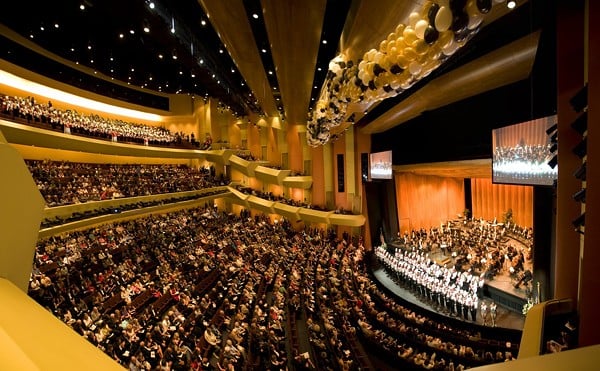As Bourbon Heritage Month is just around the corner, it’s important to look back at efforts made by Kentucky-based bourbon companies to conserve enough trees for wildlife across the United States.
Many bourbon companies, like Brown-Forman, are actively looking to keep enough trees around not only for their own business purposes, but to keep wildlife safe and healthy, leading to more biodiversity.
According to the White Oak Initiative, American white oak trees occupy more than 104 million acres of public and private forestland across the eastern and central United States, making it essential to wildlife conservation in these areas. They also support plant biodiversity as well, while generating billions of dollars in economic impact for industries like furniture, flooring, cabinetry and wine and spirits.
However, there are many challenges to the conservation of these trees, and White Oak says it is willing to take on the challenges of today to protect tomorrow.
Because of shifts in how many lands are managed throughout these eastern and central United States, older white oak trees are not being replaced at a sustainable rate. Ecological changes have also made it difficult for more white oak trees to to be planted, supporting long-term sustainability.
Nearly 75% of all surveyed white oak acres, according to the White Oak Initiative through Brown-Forman, could be classified as as at least “mature,” meaning they were old enough to be cut down to be used. However, 60% of those did not have any white oak seedlings present, making it more difficult to replace the mature trees, and around 87% had no white oak saplings present.
A seedling is a very young tree, that is typically less than an inch in diameter, while a sapling is a bit taller, typically 1 to 6 inches in diameter. For white oak trees in these surveyed areas, that means most young trees that come after these matured trees will take much longer to mature.
What can be done to increase the sustainability of white oak trees moving forward?
For White Oak Initiative, the next move is to not only plant more trees, but to collaborate with other bourbon company industry leaders to make the practice of conservation more commonplace. According to its site, White Oak Initiative says it needs “active, cross-boundary collaboration, participation and support from industry, resource professionals, policymakers, landowners and others who can align knowledge and resources behind the report’s 10 recommended forest management practices, before it’s too late.”
Below is a chart of the acreage of current age 51- to 100-year-old white oak trees in the next 100 years, based on current estimates:

According to the chart, which was released by Dr. Jeffrey Stringer and the University of Kentucky’s Forestry and Natural Resources center, the projected volume of trees will shrink by as much as 77%, which could lead to disastrous effects for wildlife across the eastern and central United States, while also reducing tree canopies in these areas, making it much more difficult to deal with climate change during harsh summer months.
Animals across the nation could have major issues when migrating, including birds who are native to these lands. According to Dr. Stringer, many animals use white oak trees to make their homes.
“White oak acorns are one of the most preferred acorns for many animals, and warblers and some bats prefer to nest in white oak,” he said in the White Oak Initiative plans.
But with its plans in place, the White Oak Initiative says that it can reverse these changes, and keep forests in place through diligent work. By 2070, the White Oak Initiative says it envisions at least 100 million acres of forest within the central hardwood regions through a balance of young and mature white and upland oak trees. However, without the efforts outlined in its Conservation Plan, there will be a “significant reduction” in these trees in the eastern US.
In the short term, White Oak says by 2032, its goal is to treat at least 3 million acres of Central hardwood forests to release white oak seedlings and saplings, increasing the number of white oak acres in younger age classes.
“There’s no one-size-fits-all solution,” said Melissa Moeller, the White Oak Initiative director in its planning document. “We need to leave room for stand-level decisions that take into account ecological conditions and the landowners’ own goals and values. We also need to begin now to develop the support systems that enable and empower action across the landscape.”








